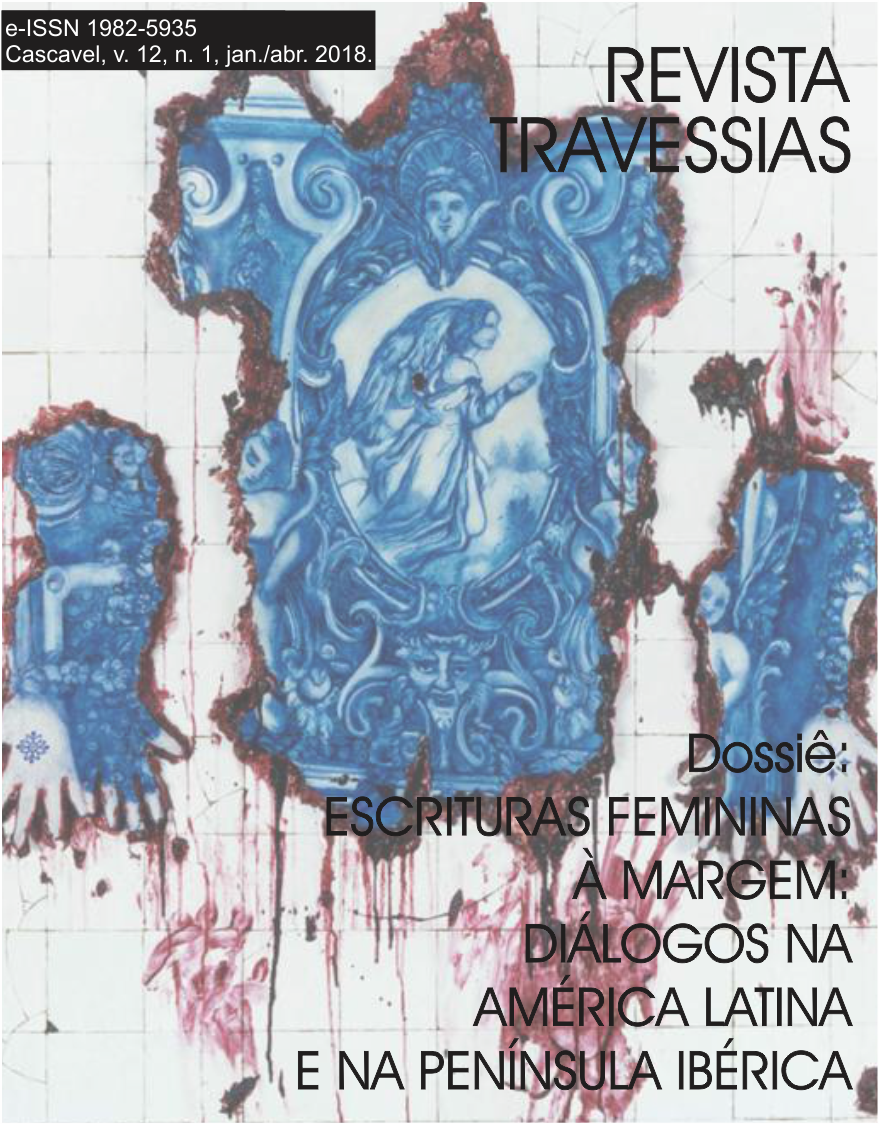Silence as an element producer of moods/atmospheres in the film Rififi, by Jules Dassin
Keywords:
Rififi, Silence, Materialities of Communication, Stimmung.Abstract
In this paper, I reflect on the presence of silence in Jules Dassin's film Rififi (Du rififi chez les hommes, 1955), more specifically in the long scene of heist. The silence in this scene is represented by the absence of the speeches and the musical soundtrack (not by a complete absence of sound). This subject is discussed on the basis of some authors. In a more general perspective: Le Breton (1997) and Sontag ([1967] 2015). In a closer look at the cinema: Martin ([1985] 2013), Tarkovski ([1990] 2010), Bresson (2004), Gil (2012), among others. The hypothesis defended in this paper is that the silence in the film produces some considerable effects on the spectator, but effects that, however, escape a more focused approach to the revelation of a meaning, that is, an interpretive activity. Because of this specificity, the reading in this paper is based on a specific field, called the Materialities of Communication, in which a different view of interpretation is proposed, directed to elements other than meaning, in artistic and cultural objects. A concept proposed in the field of materialities is central to this reflection, that of Stimmung, or mood/atmosphere, discussed by the German researcher Hans Ulrich Gumbrecht in the book Atmosphere, Mood, Stimmung: On a Hidden Potential of Literature (2011). I consider that the presence of silence in the movie heist scene is fundamental for the creation of very specific and peculiar atmospheres/ambiences that would probably not exist if the sound configurations were different.Downloads
References
AUMONT, Jacques. O filme como representação visual e sonora. In: AUMONT, Jacques et. al. A estética do filme. Tradução de Marina Appenzeller. 9. ed. Campinas: Papirus, 2012, p. 19-52.
BARNWELL, Jane. Fundamentos de produção cinematográfica. Tradução de Janisa S. Antoniazzi e Scientific Linguagem Ltda. Porto Alegre: Bookman, 2013.
EDGAR-HUNT, Robert; MARLAND, John; RAWLE, Steven. A linguagem do cinema. Tradução de Francise Facchin Esteves e Scientific Linguagem Ltda. Porto Alegre: Bookman, 2013.
FELINTO, Erick. ‘Materialidades da Comunicação’: Por um Novo Lugar da Matéria na Teoria da Comunicação. C-legenda, [S.l.], n. 05, jan. 2001. ISSN 1519-0617. Disponível em: <http://www.ciberlegenda.uff.br/index.php/revista/article/view/308>. Acesso em: 07 aug. 2017.
GIL, Inês. O Som do Silêncio no Cinema e na Fotografia. Babilónia - Revista Lusófona de Línguas, Culturas e Tradução. América do Norte, p. 177-185, set. 2012. Disponível em: http://revistas.ulusofona.pt/index.php/babilonia/article/view/2992. Acesso em: 07 Jul. 2015.
GUMBRECHT, Hans Ulrich. Atmosfera, ambiência, Stimmung: sobre um potencial oculto da literatura. Tradução de Ana Isabel Soares. Rio de Janeiro: Contraponto/Editora PUC-Rio, 2014.
GUMBRECHT, Hans Ulrich. Produção de presença: o que o sentido não consegue transmitir. Tradução de Ana Isabel Soares. Rio de Janeiro: Contraponto/Editora PUC-Rio, 2010.
KÜCH, Oliver. Rififi. In: DUNCAN, P; MÜLLER, J. (orgs.). Film noir plus Taschen’s top 50 pick of noir classics from 1940-1960. Köln: Taschen, 2017, p. 528-535.
LE BRETON, David. Do silêncio. Tradução de Luís M. Couceiro Feio. Lisboa: Instituto Piaget, 1997.
MARTIN, Marcel. A linguagem cinematográfica. Tradução de Paulo Neves. 2. ed. São Paulo: Brasiliense, 2013.
MARTONI, Alex. Stimmungen no Fausto de Aleksandr Sokurov. Pandaemonium Germanicum, São Paulo, v. 18, n. 26, p. 46-71, dec. 2015. ISSN 1982-8837. Disponível em: <https://www.revistas.usp.br/pg/article/view/108853>. Acesso em: 15 aug. 2017.
SONTAG, Susan. A estética do silêncio. In: A vontade radical: estilos. Tradução de João Roberto Martins Filho. São Paulo: Companhia das Letras, 2015, p. 10-43.
STAM, Robert. Introdução à teoria do cinema. Tradução de Fernando Mascarello. 5. ed. Campinas: Papirus, 2011.
TARKOVSKI, Andrei. Esculpir o tempo. Tradução de Jefferson Luiz Camargo. 3. ed. São Paulo: Martins Fones, 2010.
Downloads
Published
How to Cite
Issue
Section
License
Creative Copyright Notice
Policy for Free Access Journals
Authors who publish in this journal agree to the following terms:
1. Authors keep the copyright and grant the journal the right of first publication, with the work simultaneously licensed under the Creative Commons Attribution License, which allows sharing the trial with acknowledgment of authorship and initial publication in this journal.
2. Authors are authorized to take additional contracts separately, for non-exclusive distribution of the work version, published in this journal (eg publish in institutional repository or as a book chapter), with acknowledgment of authorship and initial publication in this journal.
3. Authors are allowed and encouraged to publish and distribute their work online (eg in institutional repositories or on their personal page) at any point before or during the editorial process, as this can generate productive changes, as well as increase both impact and citation of the published trial (See The Effect of Free Access).
Creative Commons License
This work is licensed under a Creative Commons Attribution–NonCommercial-shareaswell 4.0 International License, which allows you to share, copy, distribute, display, reproduce, completely or part of the work, since there is no commercial purpose, and authors and source are cited.



